The Day of The Lord
“Bright Hope for Tomorrow” — Chapter 2 Reflection
Imagine this…
Imagine for a moment that you are walking down 99E–avoiding the many cones and potholes all over the place– and a moment later you arrive at the Canby Area Transit bus stop. As you wait to get picked up, you see the green and white CAT bus coming down the highway at the usual 35-40 miles an hour. You are excited to see the bus because when it gets to the stop that means you can hop on and get that smooth ride over to Eco Park to play some disc golf (or whatever you’re into… I don’t know).
But just then. As the bus approaches, a person who is completely distracted as they stare at their phone, is about to walk out into 99E in front of the oncoming bus.
The arrival of the bus means something very different for that person, who is about to be unfortunately run over, than it does for you waiting at the bus stop. For you, the arrival of the bus means the hope of a fun afternoon at the park. For that distracted pedestrian, the arrival of the bus means certain death.
And what is our response to an imaginary scenario like this? Well I am hoping that your response would be to scream at this person with your arms waving above your head trying to get them to stop short of being turned into a pancake by the little eco-friendly bus. The oncoming bus informs the decisions we make before the bus arrives.
Our Future Hope Informs our Present Habits
In chapter 2 of Bright Hope for Tomorrow, Chris Davis explains that The Day of the Lord will be received very differently for different people. Namely, those of us who are awaiting the final redemption of Christ as believers, and those who are rejecting the grace of God in unbelief. For believers, the return of Christ is an amazing source of joy and hope. For unbelievers, that day will be one of true sadness and despair. As Davis says, “...Jesus showing up is not simply the cue for ‘and they lived happily ever after’”... “His appearing could be the best news or the worst news of a person’s life. This gap between the beautiful and the terrible has profound implications for how we live.” In light of Christ’s soon return, the way we live ought to be completely transformed. And how this reshapes our daily life will be further explored throughout the rest of the book.
The Unfolding Plan of Redemption
In the rest of this short chapter, Davis begins to trace the story of redemption that points us to the final Great and Terrible Day of The Lord. It was very helpful to see how God’s plan to save a people from an impending destruction of their own making should lead us to trust in Him even though we can’t always understand the plan as it unfolds.
One of the most powerful insights in this chapter for me was from page 35 where he describes the plot twist in the plan of redemption from the Old Covenant to the New Covenant. There he explains that the prophets foretold of, “... a day of judgment, darkness, of earthquakes, of wrath being poured out on sin. Yet this was not carried out by Jesus Christ but on Jesus Christ.”
This was the first step in the final plan of redemption. And as we look forward to that final day when Christ returns “our posture should be one of profound reverence and gratitude that the One coming in judgment has already borne our judgment for us” (pg. 38).
The Bus is Approaching
The approaching end of time is only joyous and hopeful if we have put our faith and trust in that sacrificial Savior.
Whoever believes in the Son has eternal life; whoever does not obey the Son shall not see life, but the wrath of God remains on him.
John 3:36
If we have trusted in the Son, then we are waiting with excitement at the bus stop where we will soon be taken to paradise. But if you have not done that, then that bus is barreling down the highway soon to bring destruction. I pray you listen to those of us shouting from the bus stop to turn away from danger and join us in hopeful anticipation of glory.

